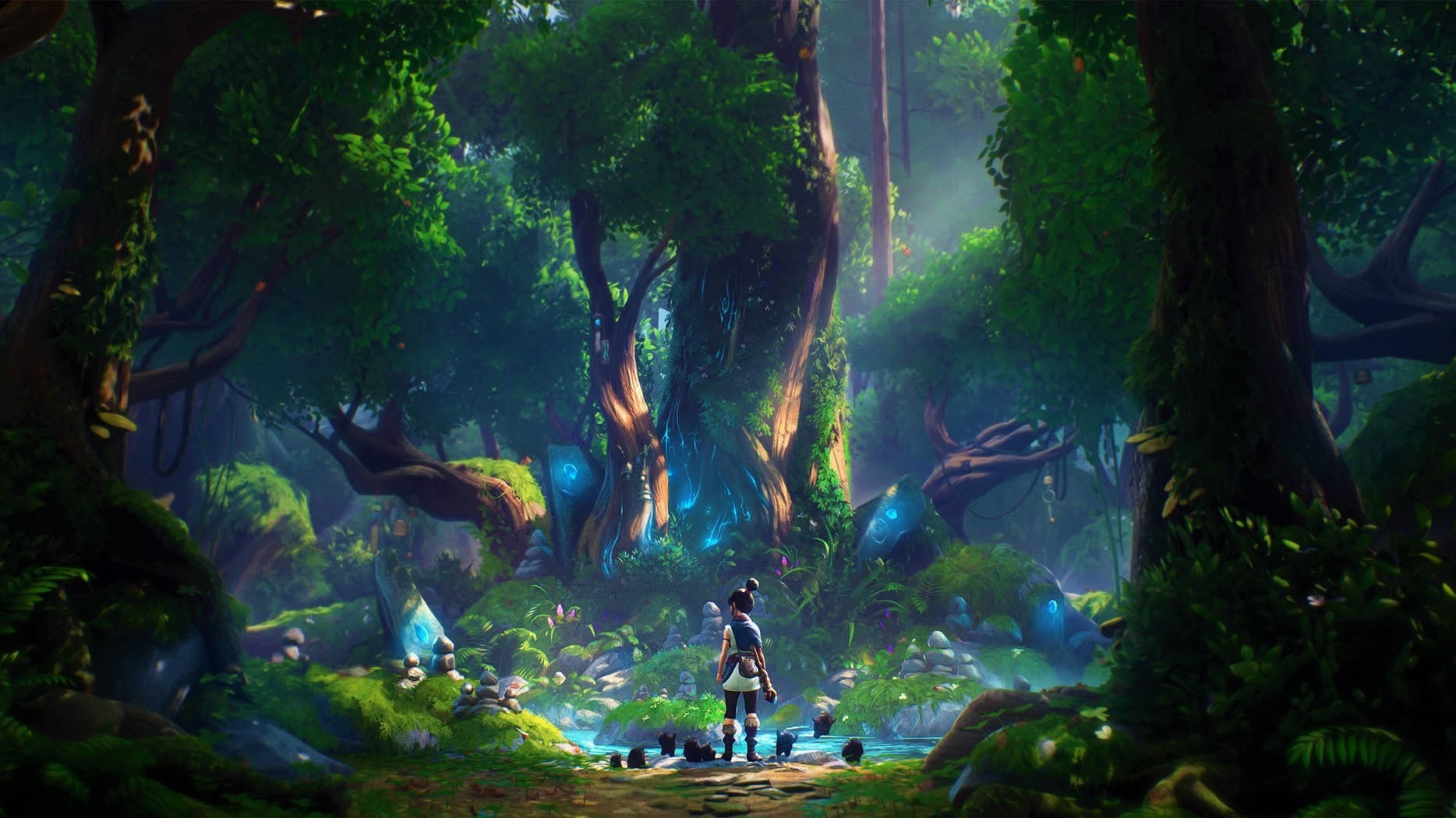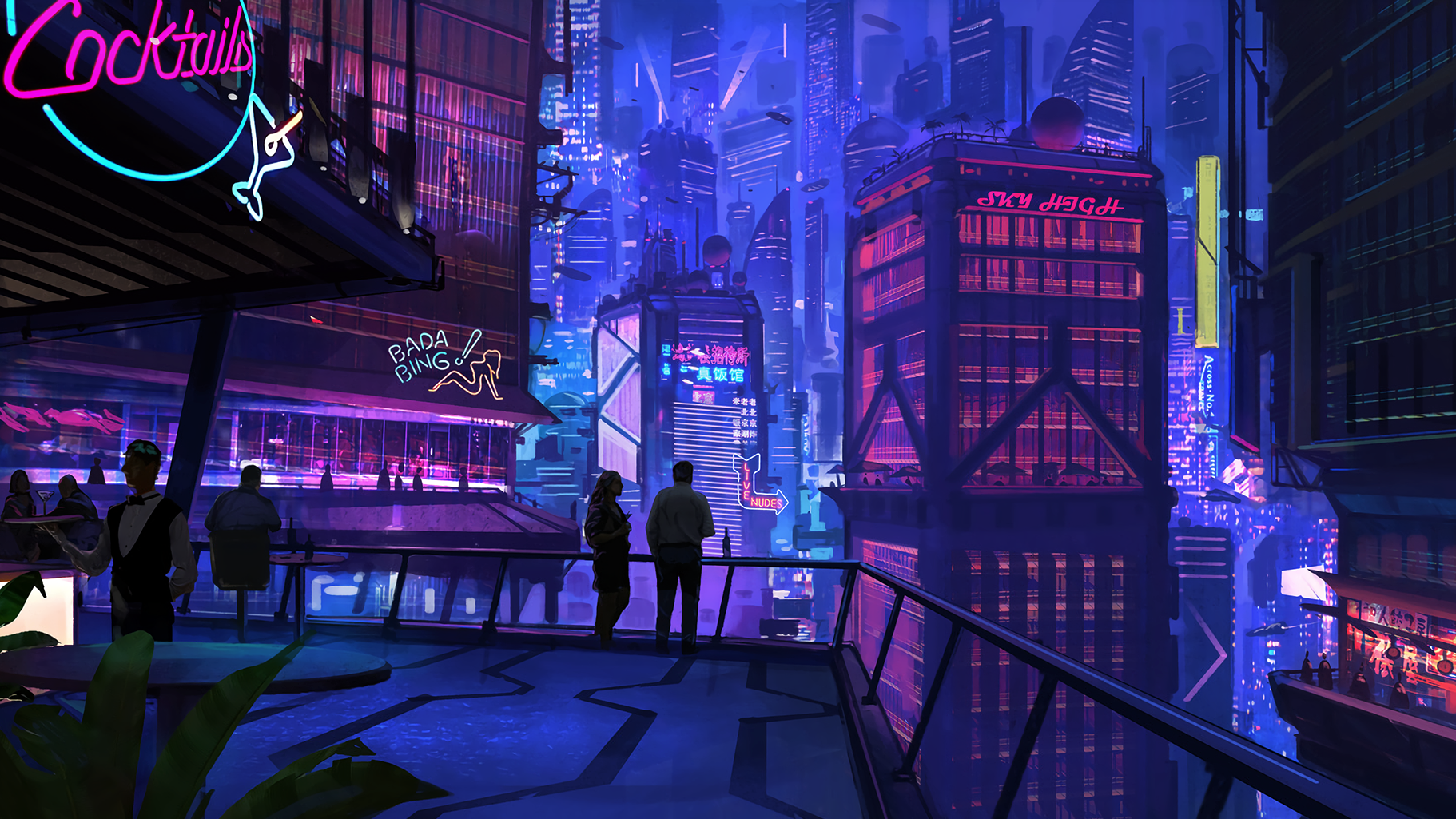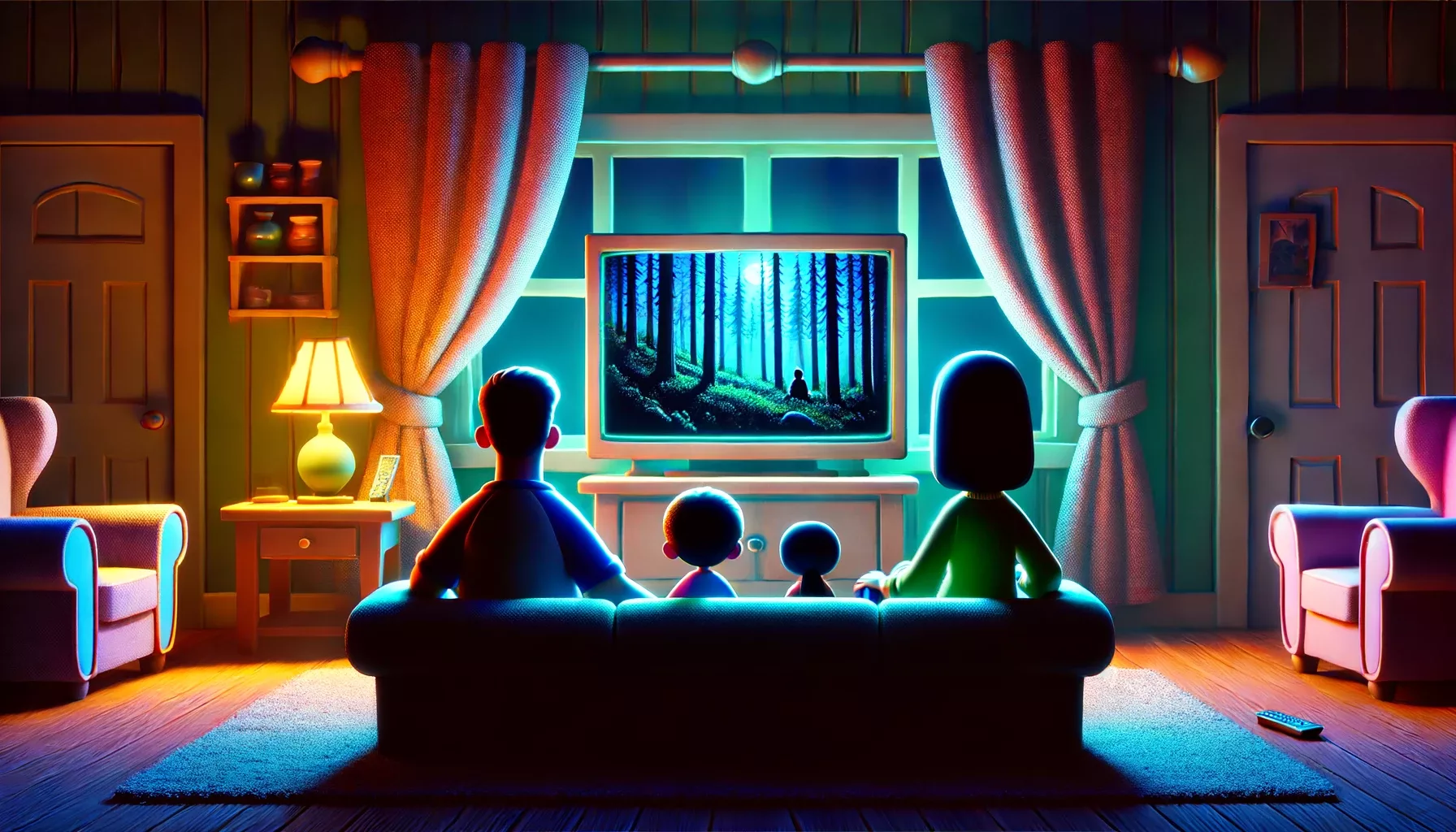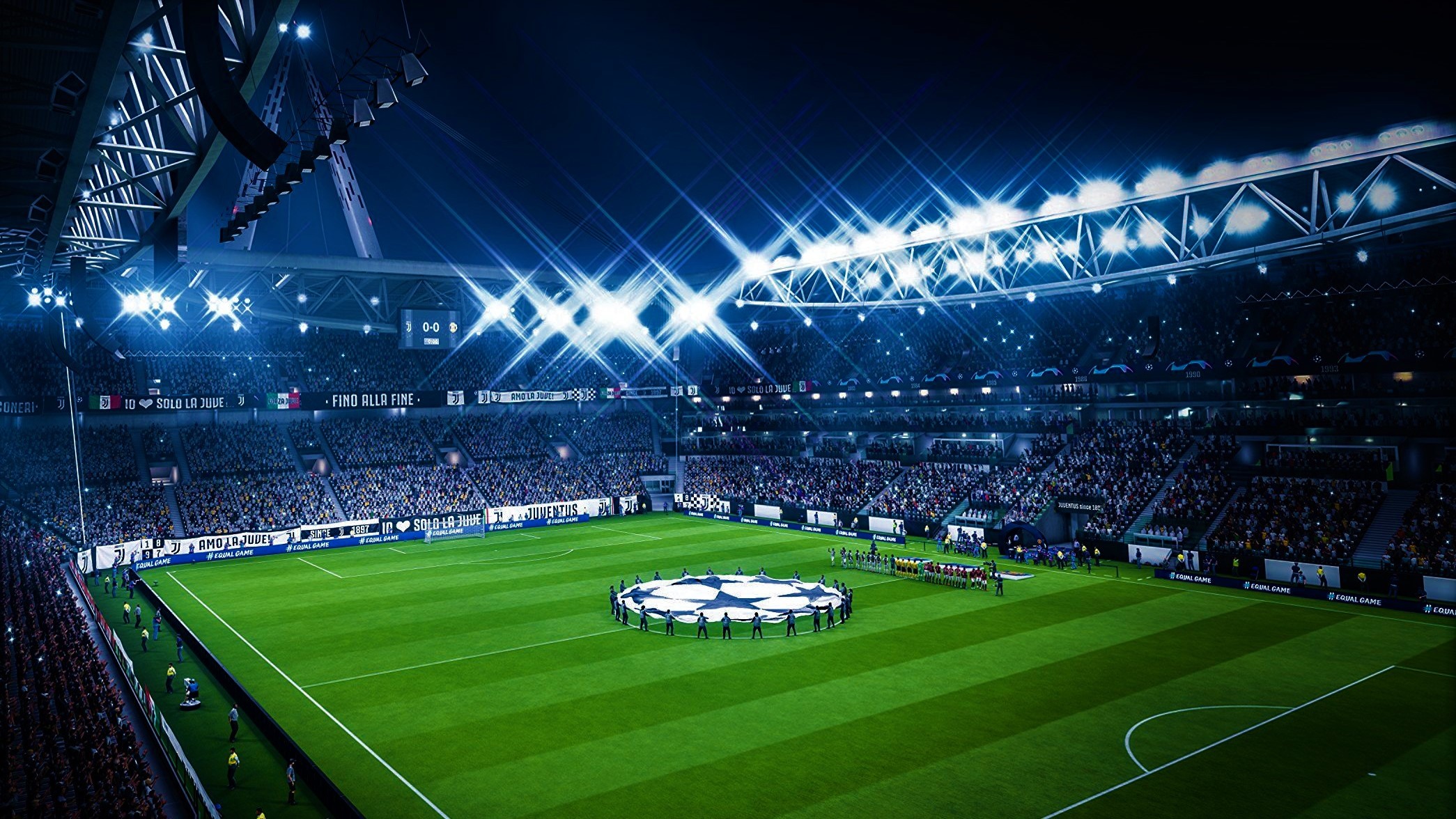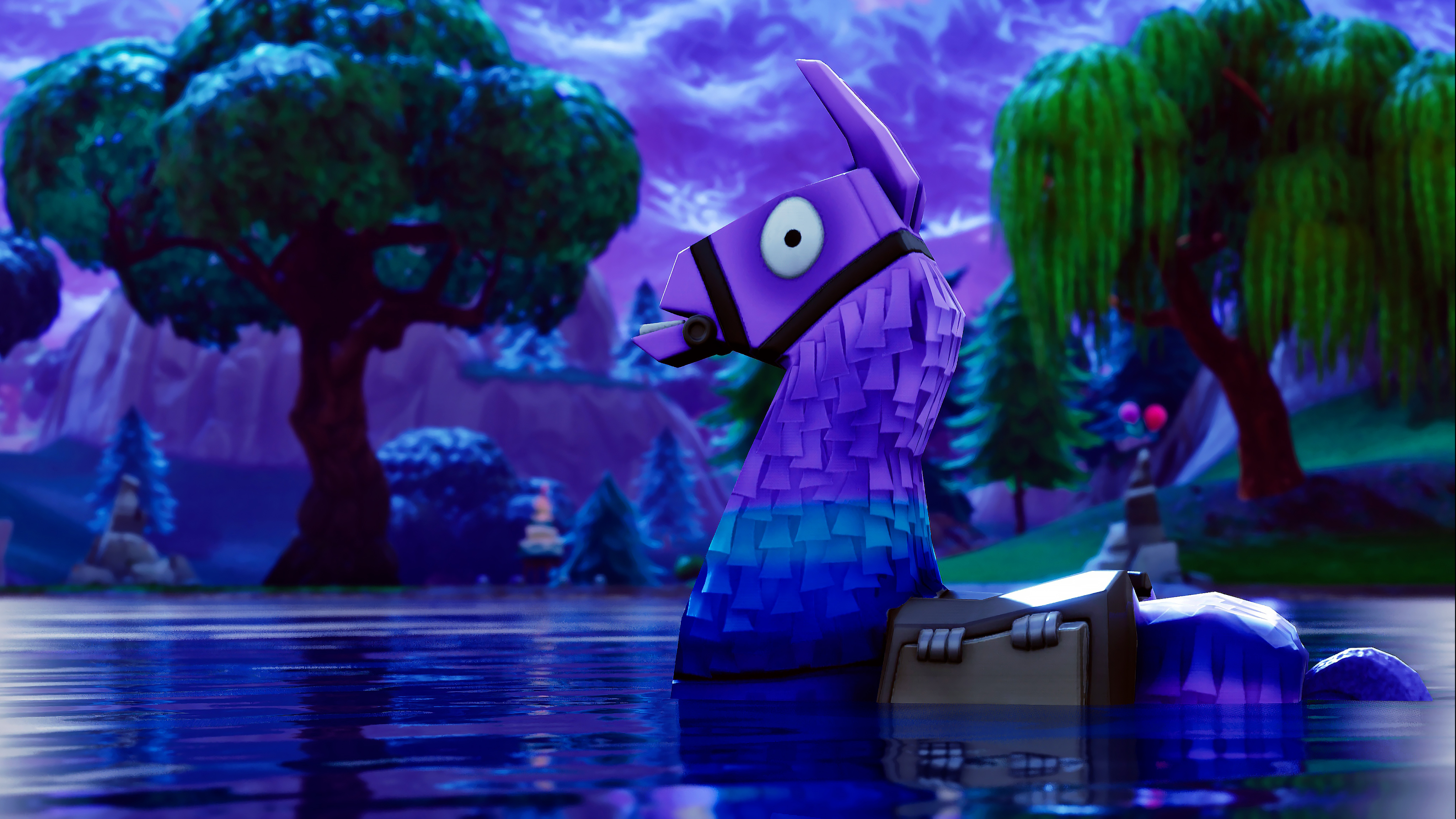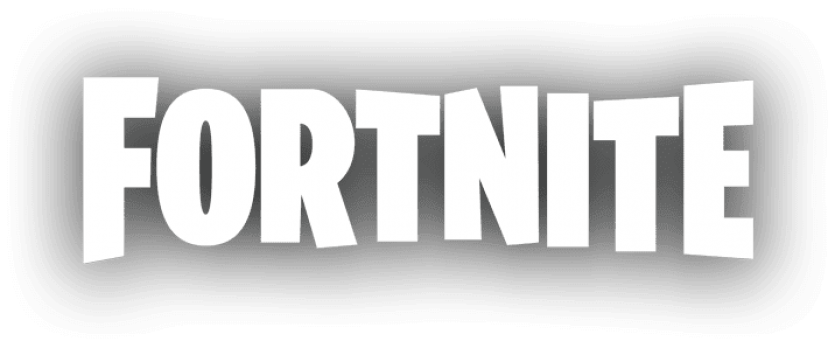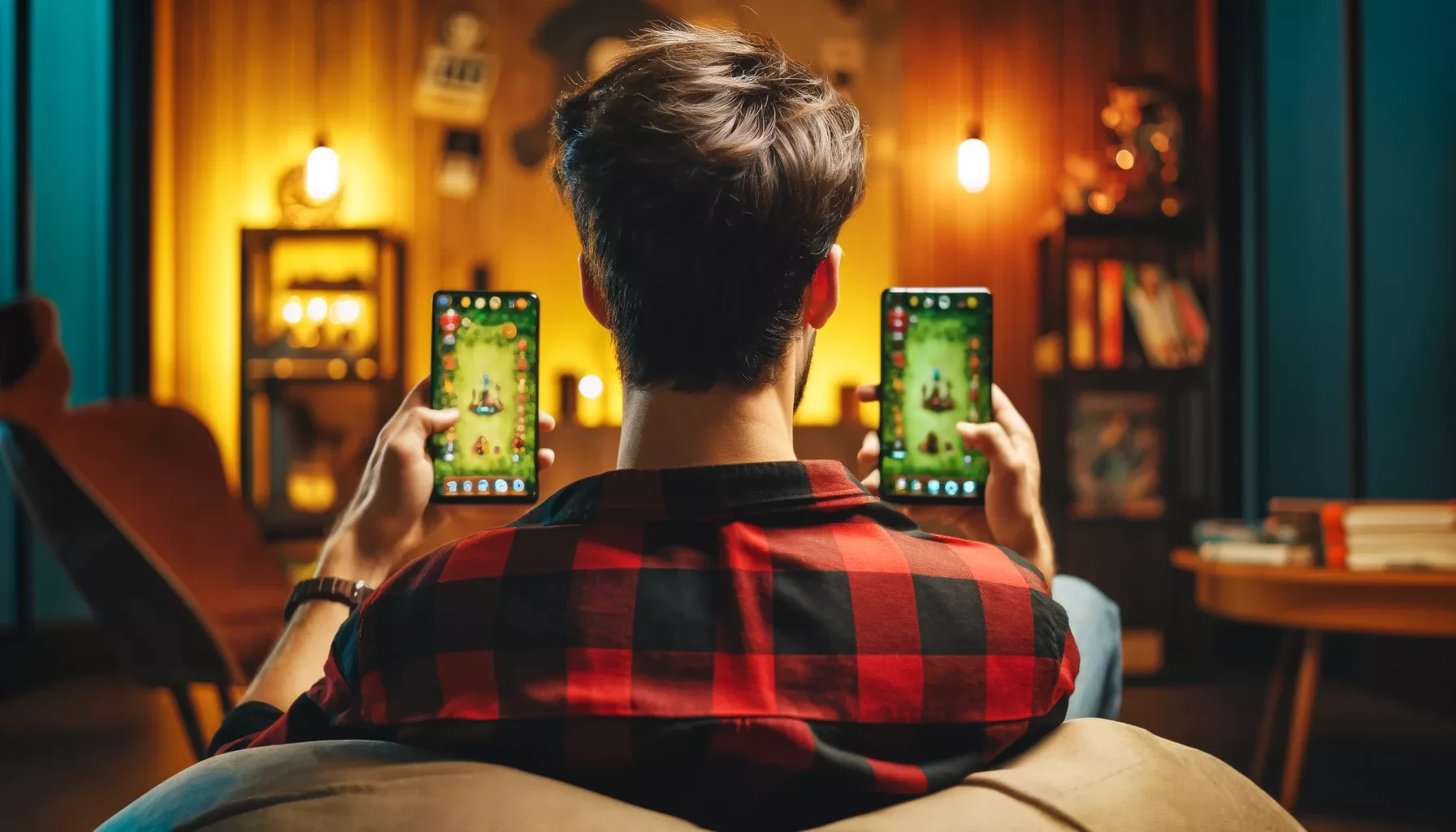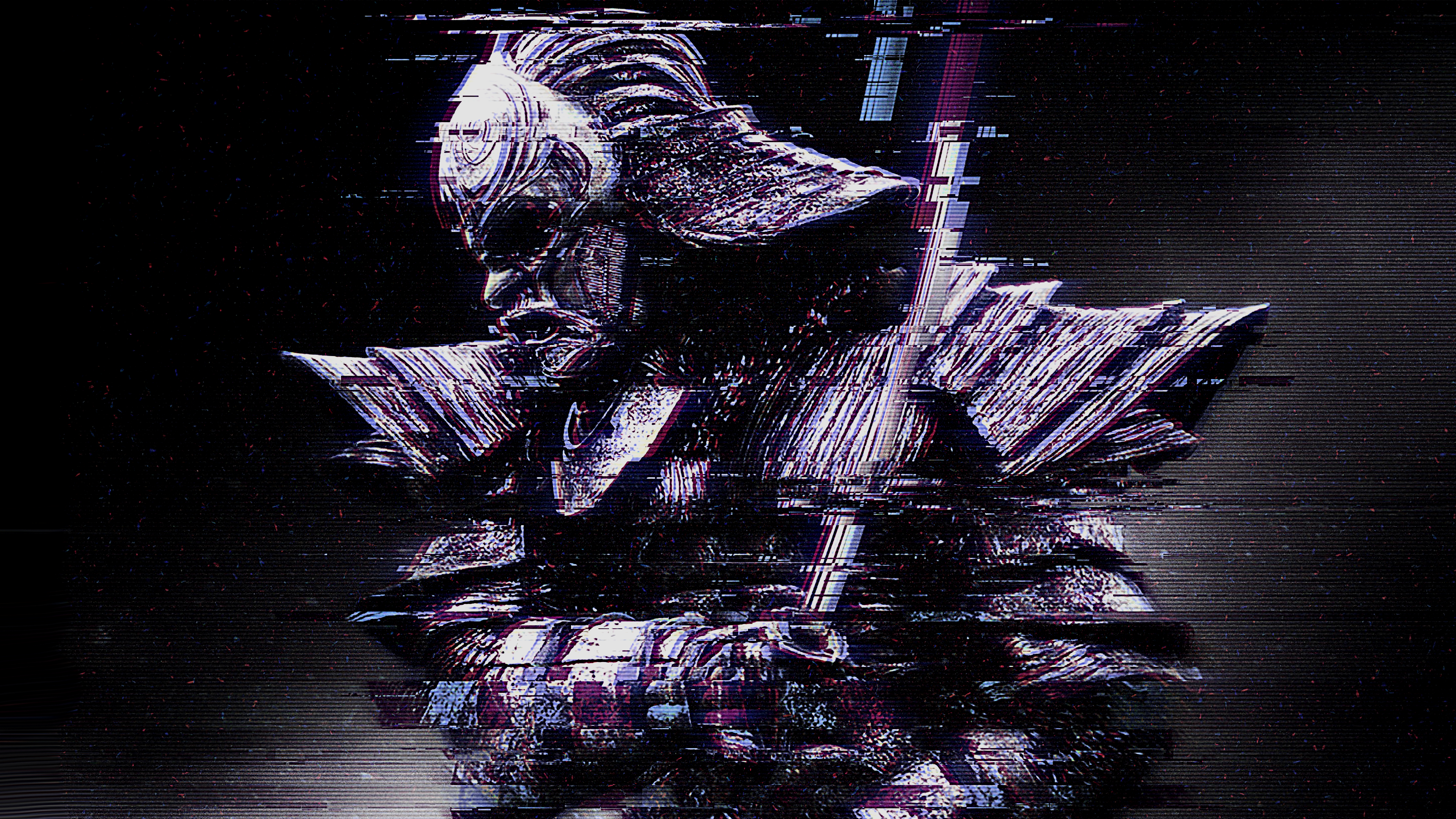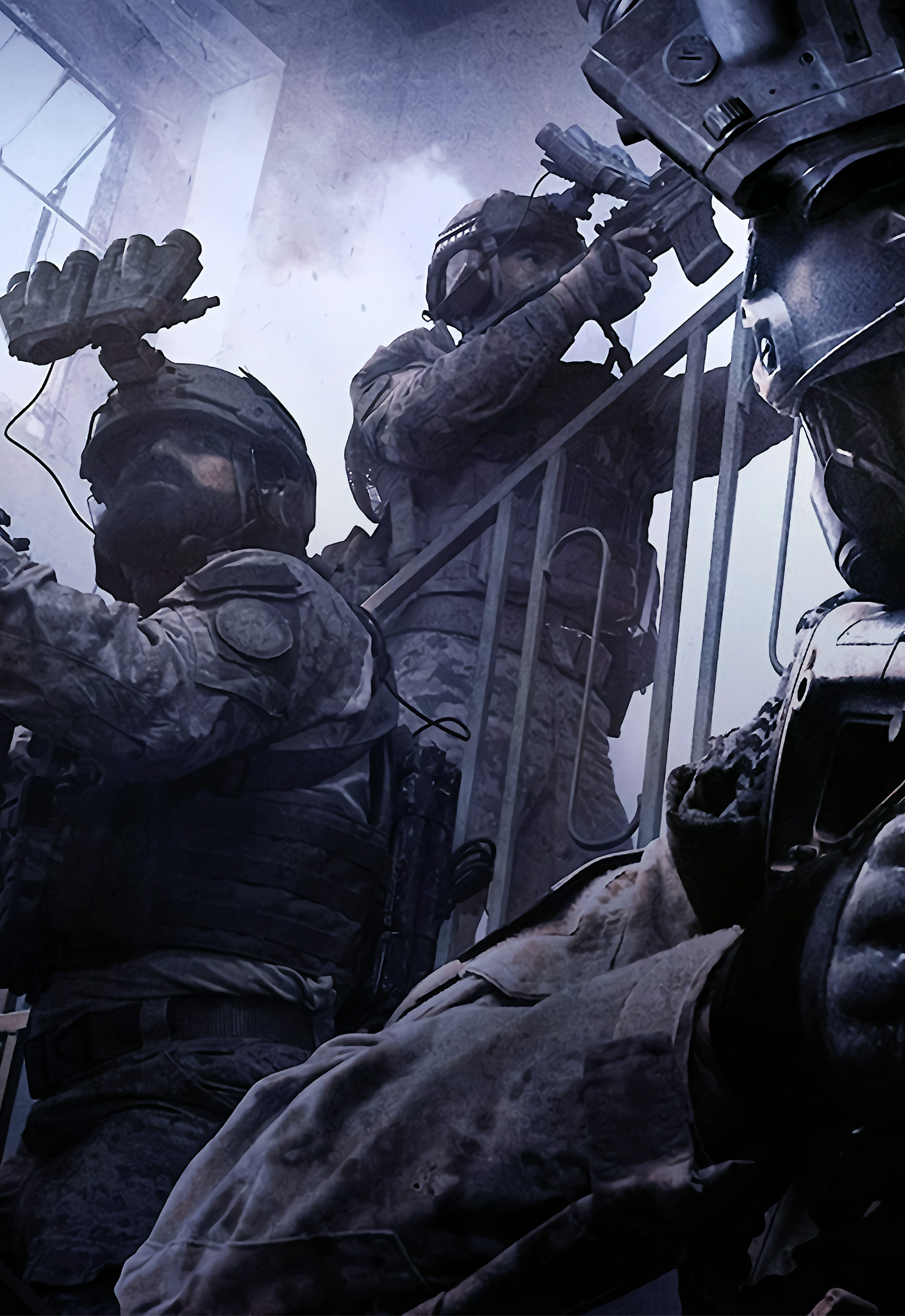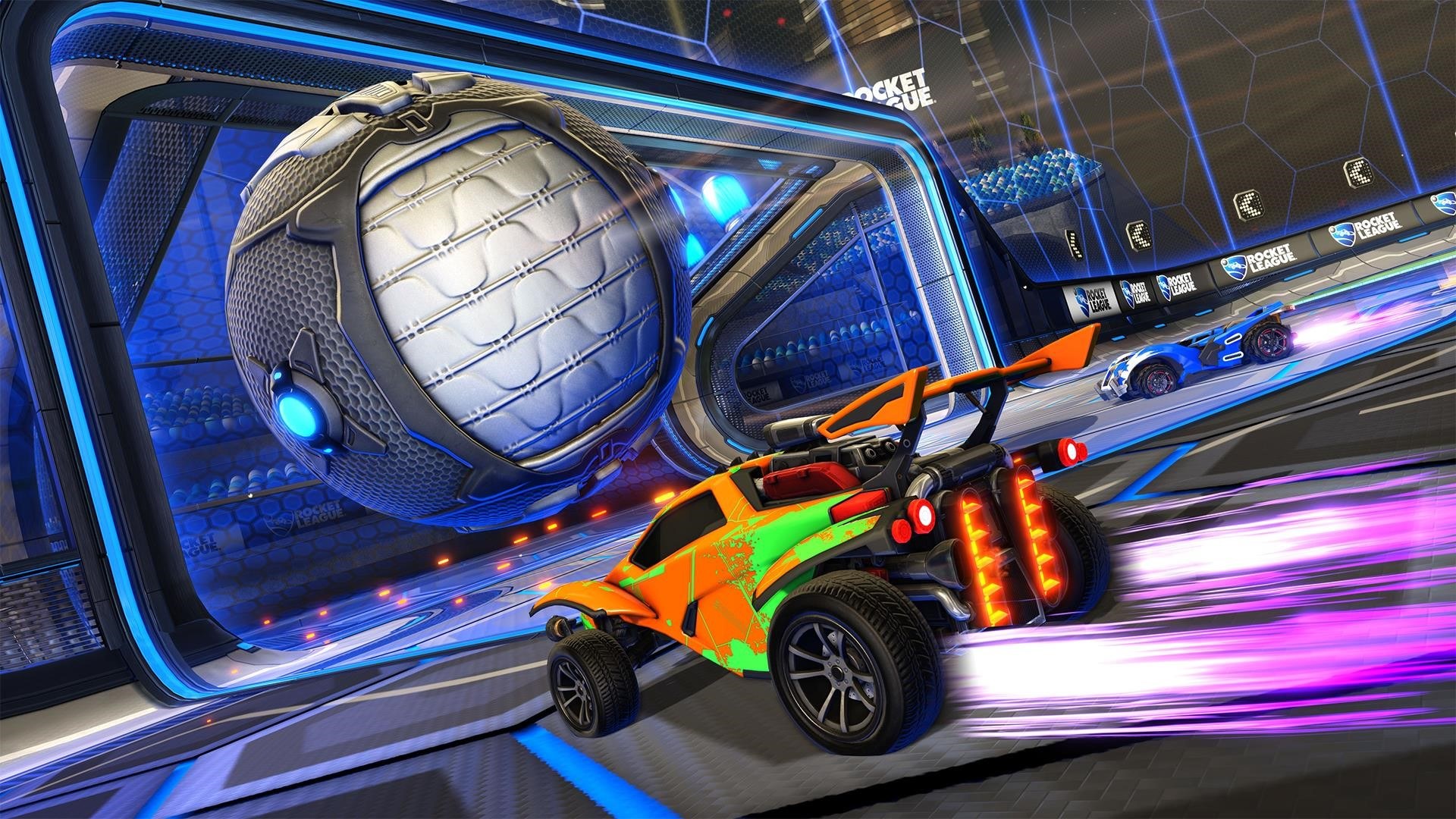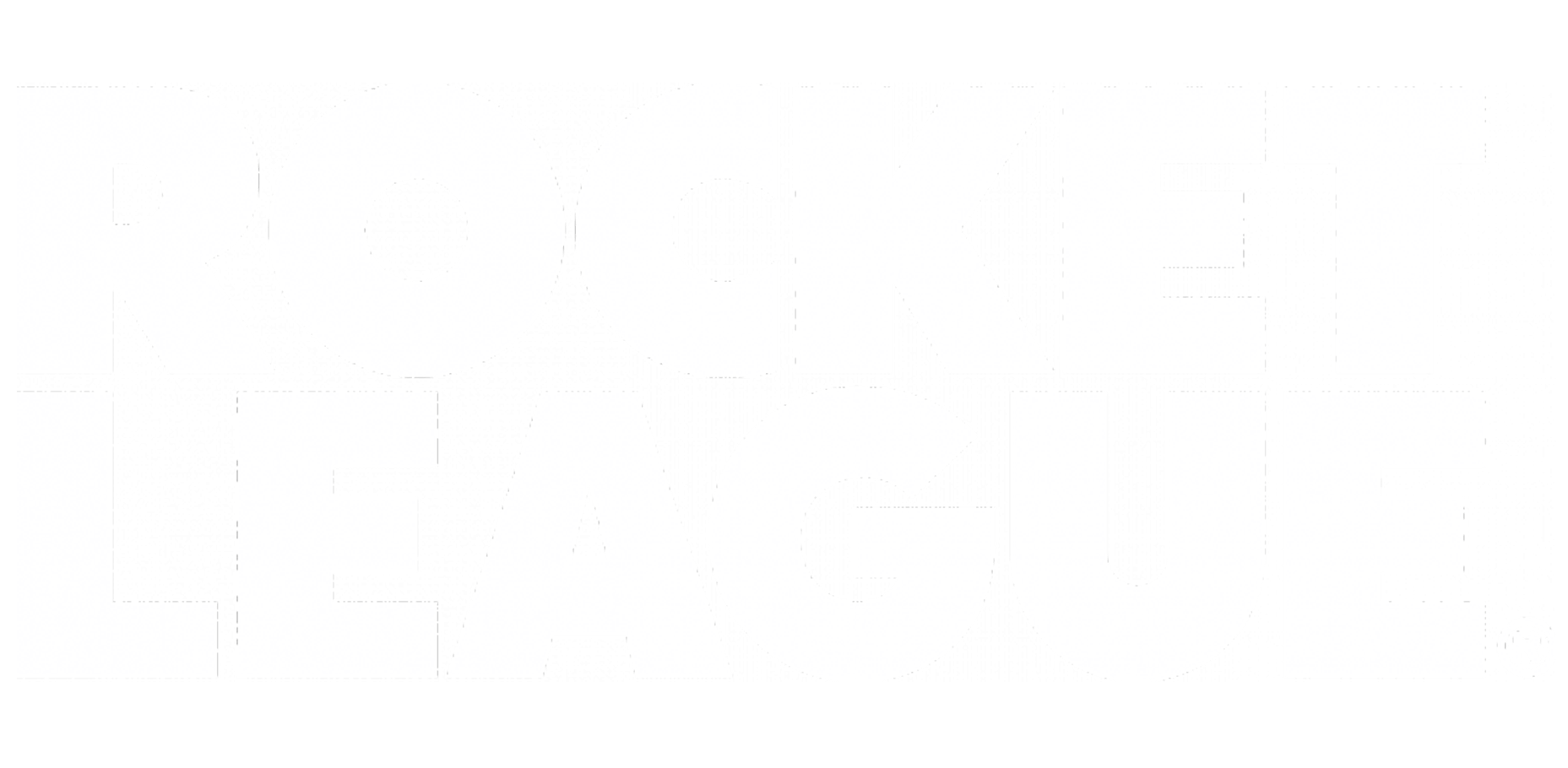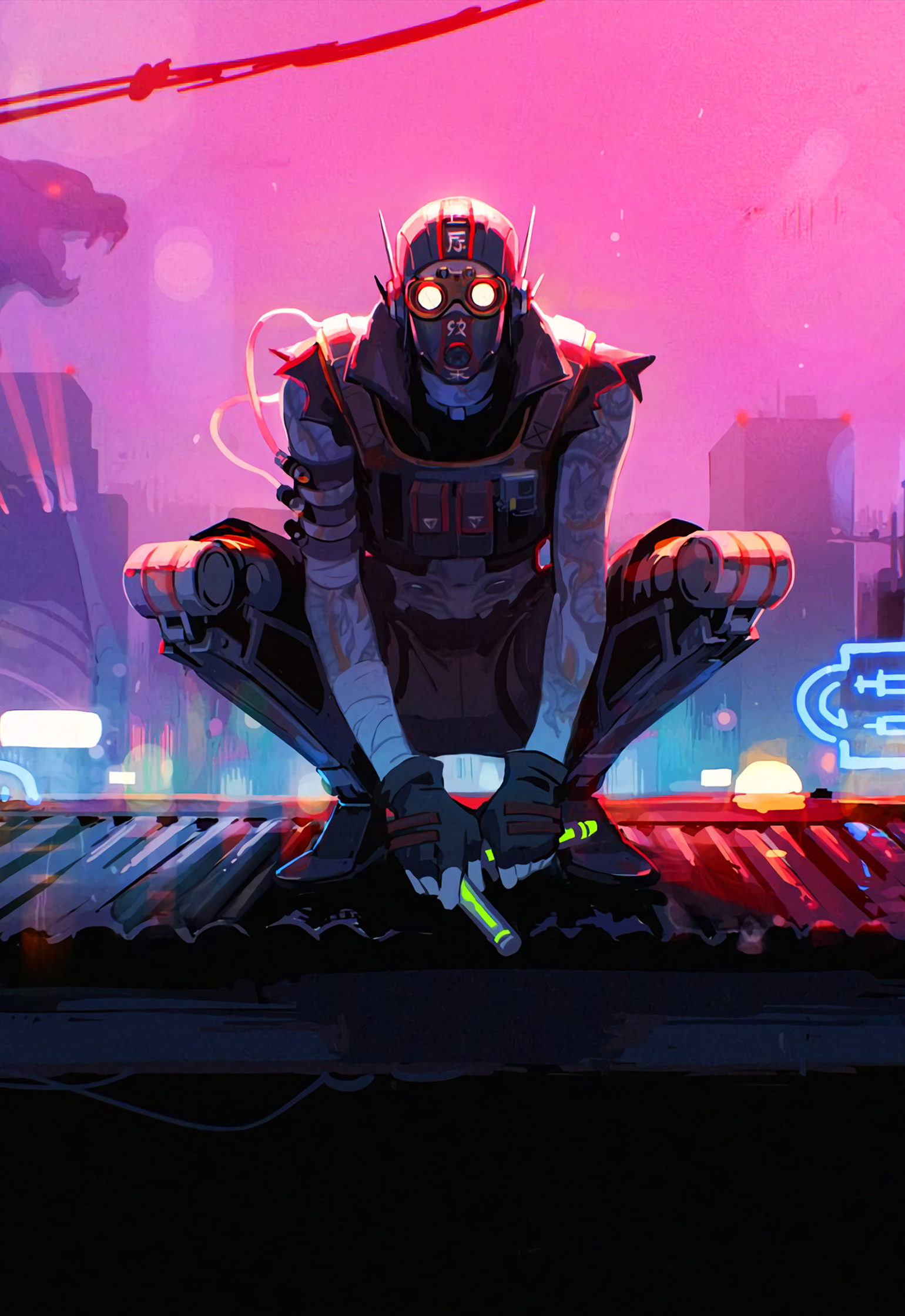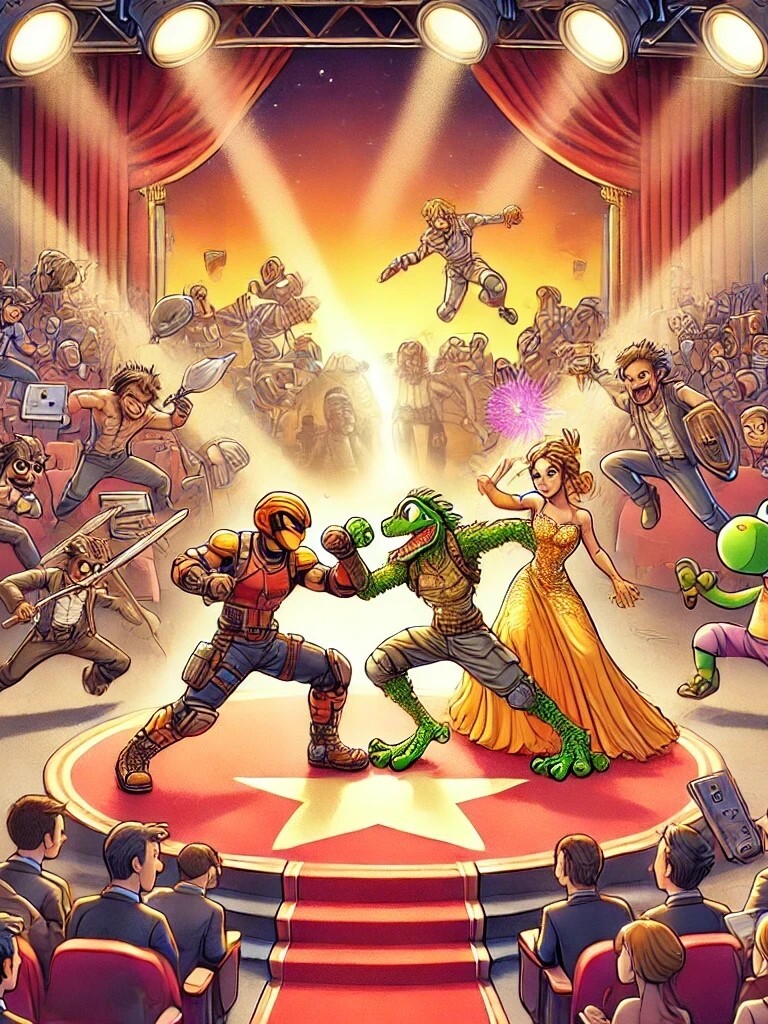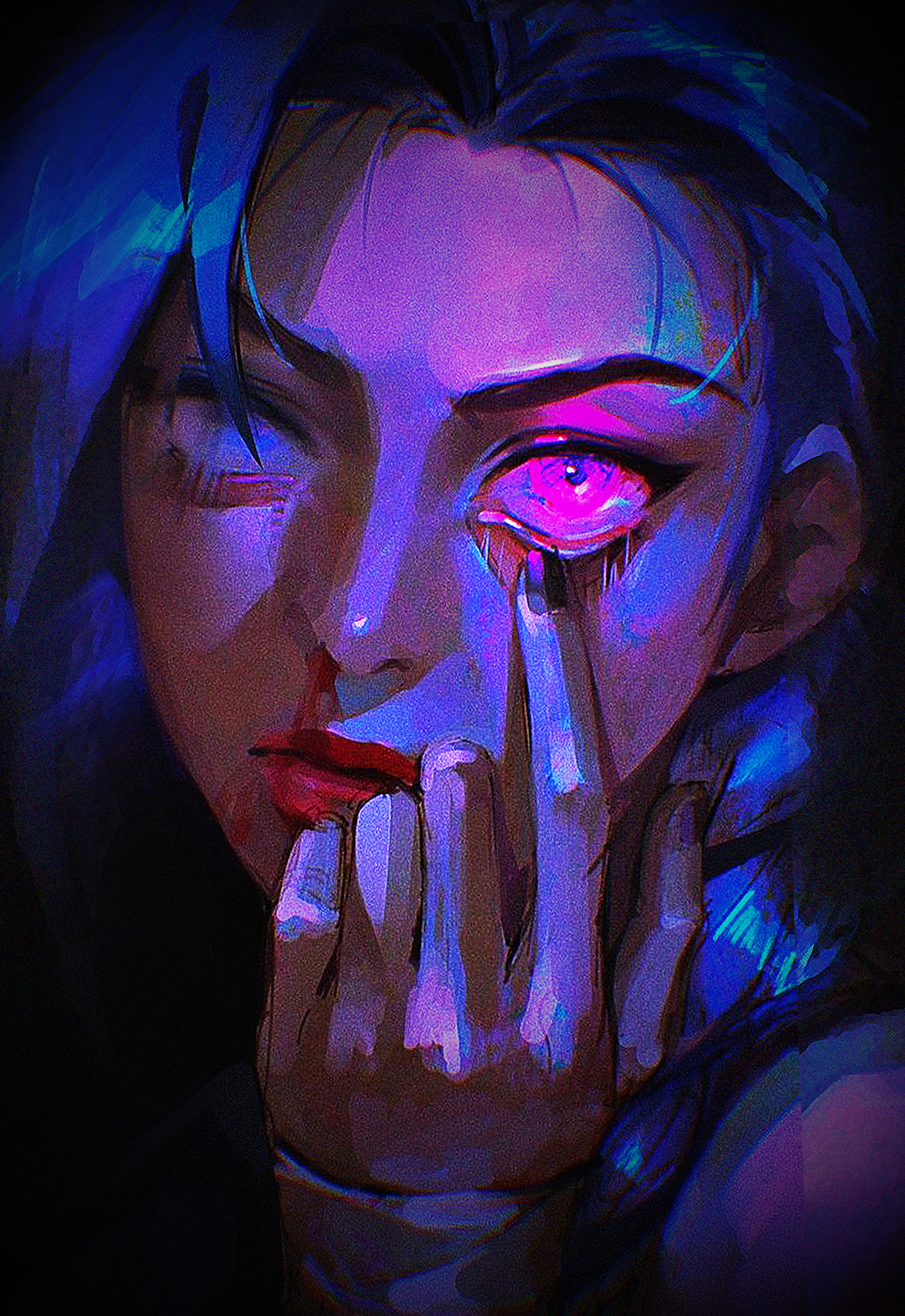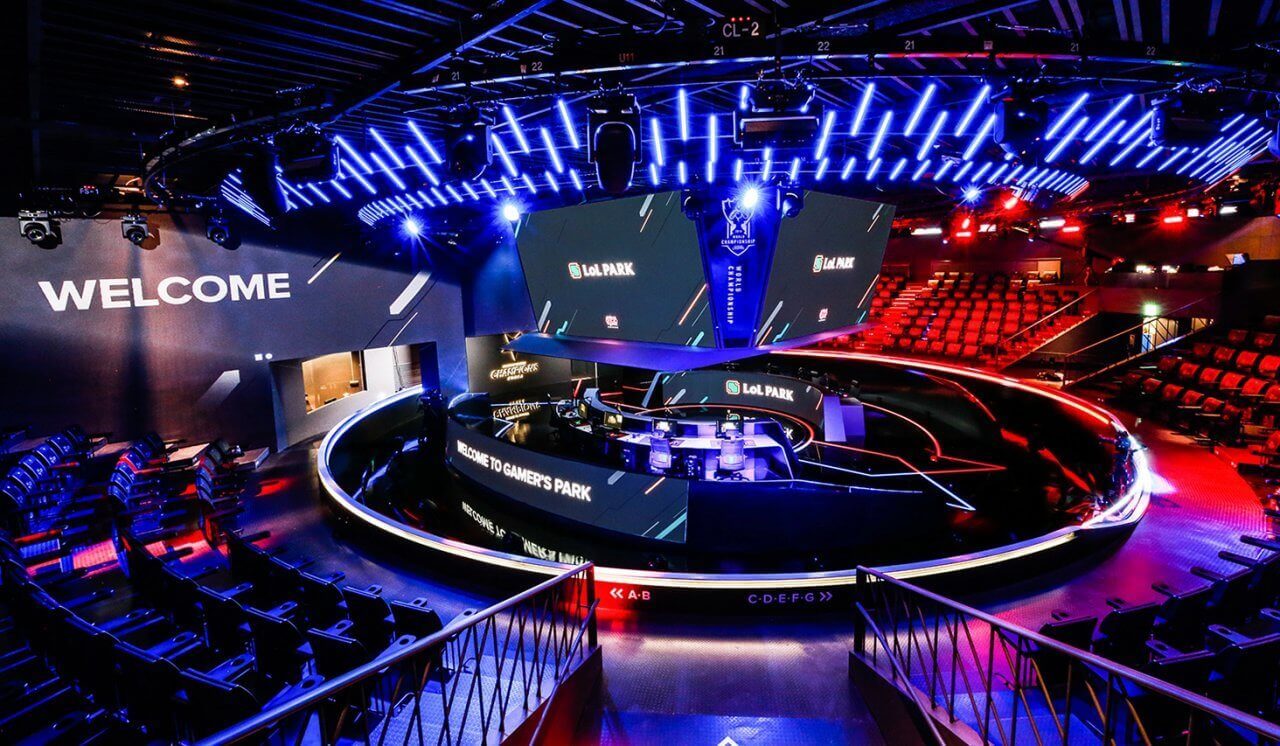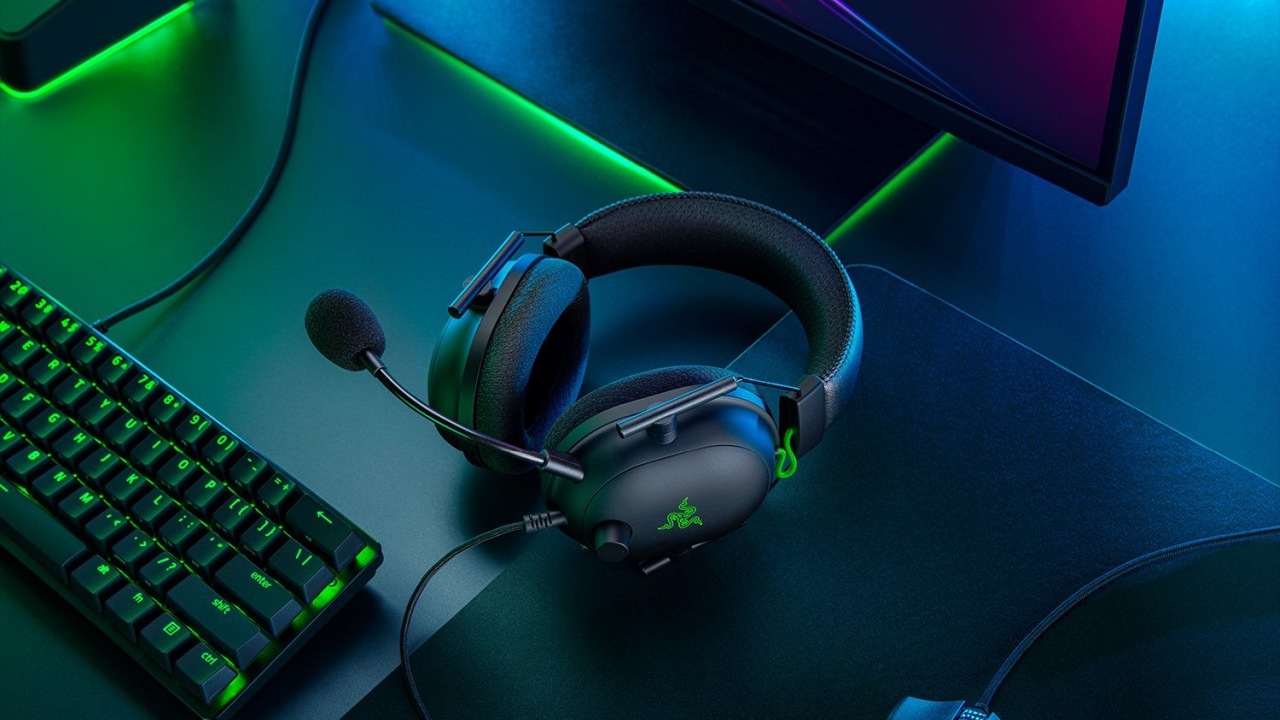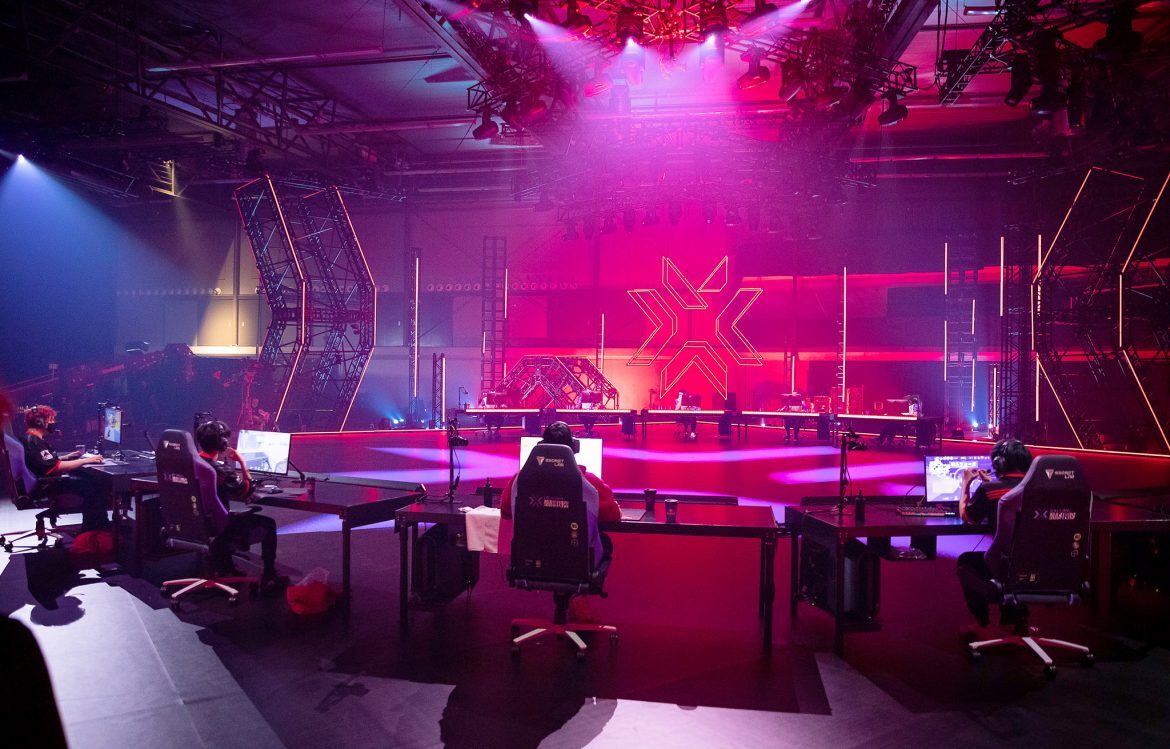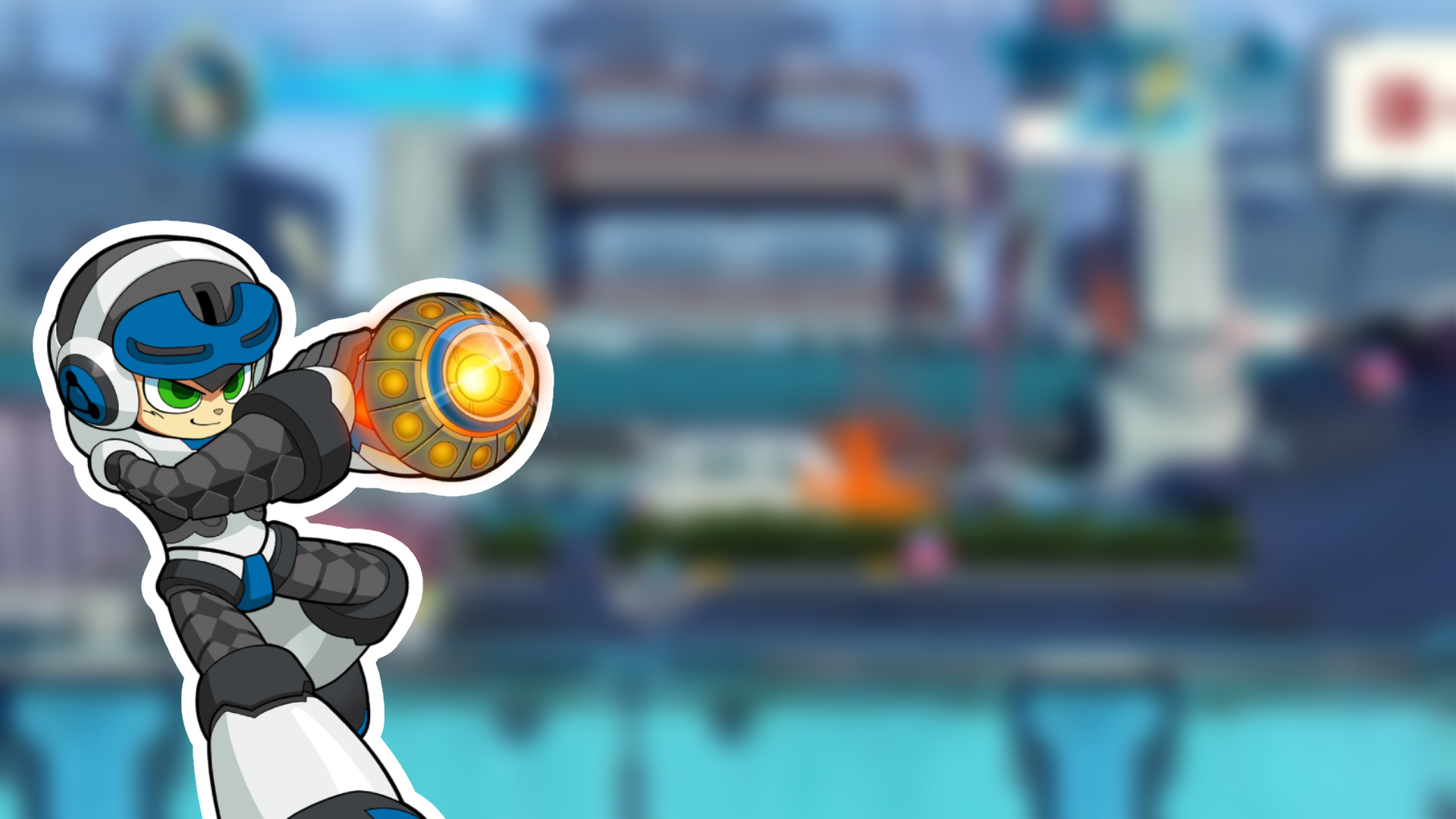If Capcom won't do it, others... will try, at least.
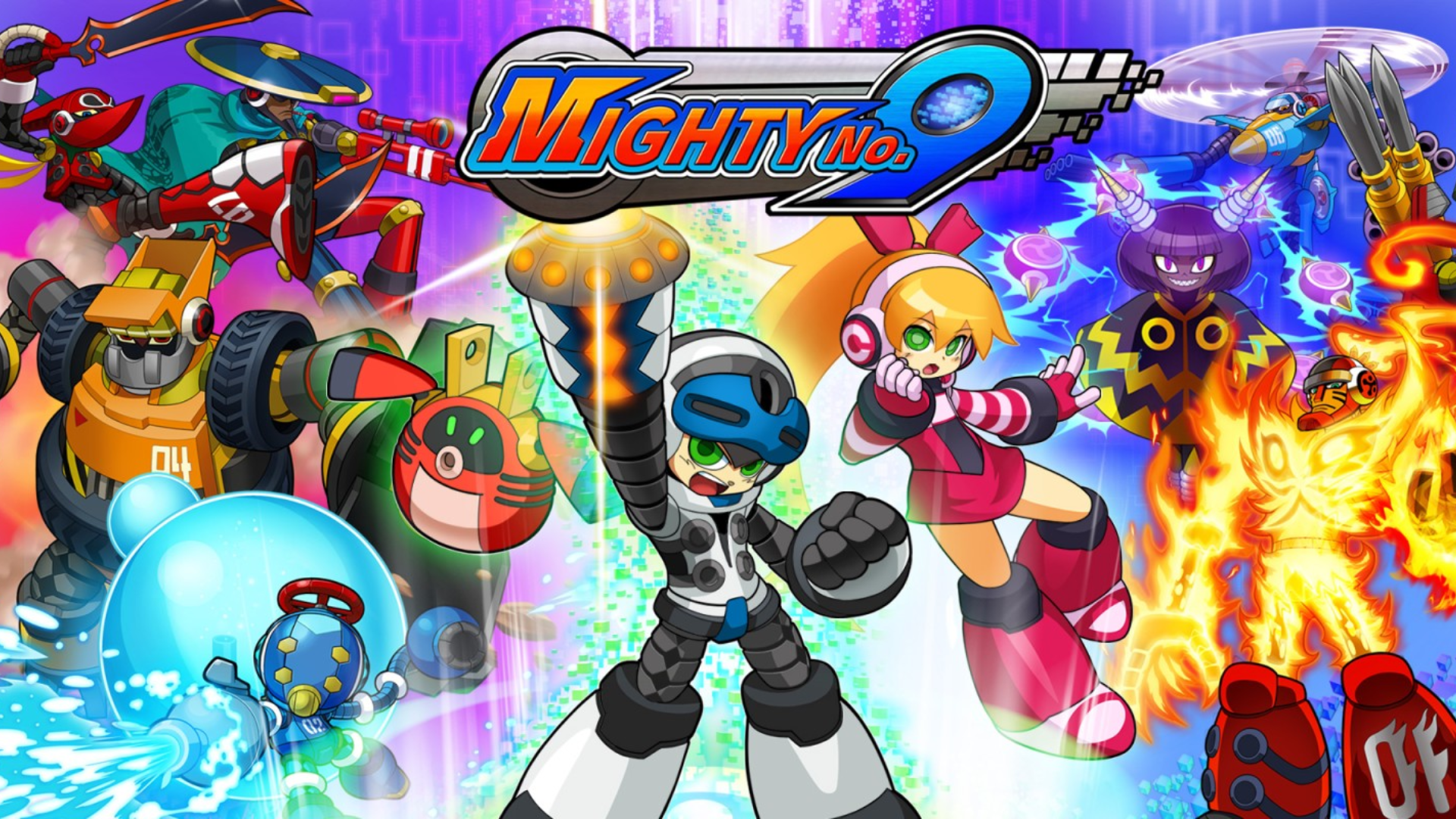
Ever since it was first released in June 2016, Mighty No. 9 has been widely regarded as one of the most infamous disappointments in gaming history. Intended as a spiritual successor to the beloved classic Mega Man series by one of its original developers, the game was met with incredible amounts of hype following the reveal of its Kickstarter campaign.
However, after numerous delays and poor communication, the once-welcomed surprise for Mega Man fans who felt neglected by publisher Capcom turned into a critical and commercial failure, begging the question of how this seemingly promising project eventually ended up being a disappointment.
Booting Up
Witnessing the success of the Nintendo Entertainment System, Japanese arcade game publisher Capcom sought to break into the new market by developing completely original games which would be able to take full advantage of the hardware, eventually leading to the release of the first Mega Man game in 1987.
Under the direction of Akira Katamura, artist Keiji Inafune designed a colorful futuristic world where players – controlling the arm-cannon-wielding robot Mega Man – had to traverse various unique stages in a nonlinear order, defeat the Robot Masters therein and copy their abilities to foil the world-ruling ambitions of evil genius Dr. Wily.
The game became an enormous success, spawning multiple direct sequels as well as subseries like Mega Man X, Mega Man Legends and Mega Man Zero, meaning that some years saw an absolute flood of new Mega Man titles. This overexposure was eventually starting to negatively impact sales, leading Capcom to pull the plug on any new Mega Man games in 2011.
Launching Program
After starting out as a minor character designer for Mega Man (1987), Keiji Inafune had become the producer of many Mega Man games and subseries starting with Mega Man 8 (1996). However, he would leave Capcom to start his own design and production studio Comcept in 2010, citing his dissatisfaction with the structure of large companies in the gaming industry.
Inafune recognized fan desire for classic Mega Man titles following Capcom's recent cancellation of anticipated entries and thus announced a crowdfunding campaign via Kickstarter in 2013. The project, Mighty No. 9, quickly raised over $4 million. It promised a fan-driven revival of the Mega Man spirit, including design polls, documentaries, console ports, and even plans for anime and movie tie-ins, with Inafune hoping that it could pave the way for an original franchise.
However, the game’s development (outsourced to Mega Man veteran studio Inti Creates) quickly became troubled, with repeated delays, poor communication, and additional crowdfunding campaigns that soured backer trust. A controversial trailer by publisher Deep Silver worsened its image further, leading to fan excitement for the title dying down substantially until its final release in 2016.
Fatal Error
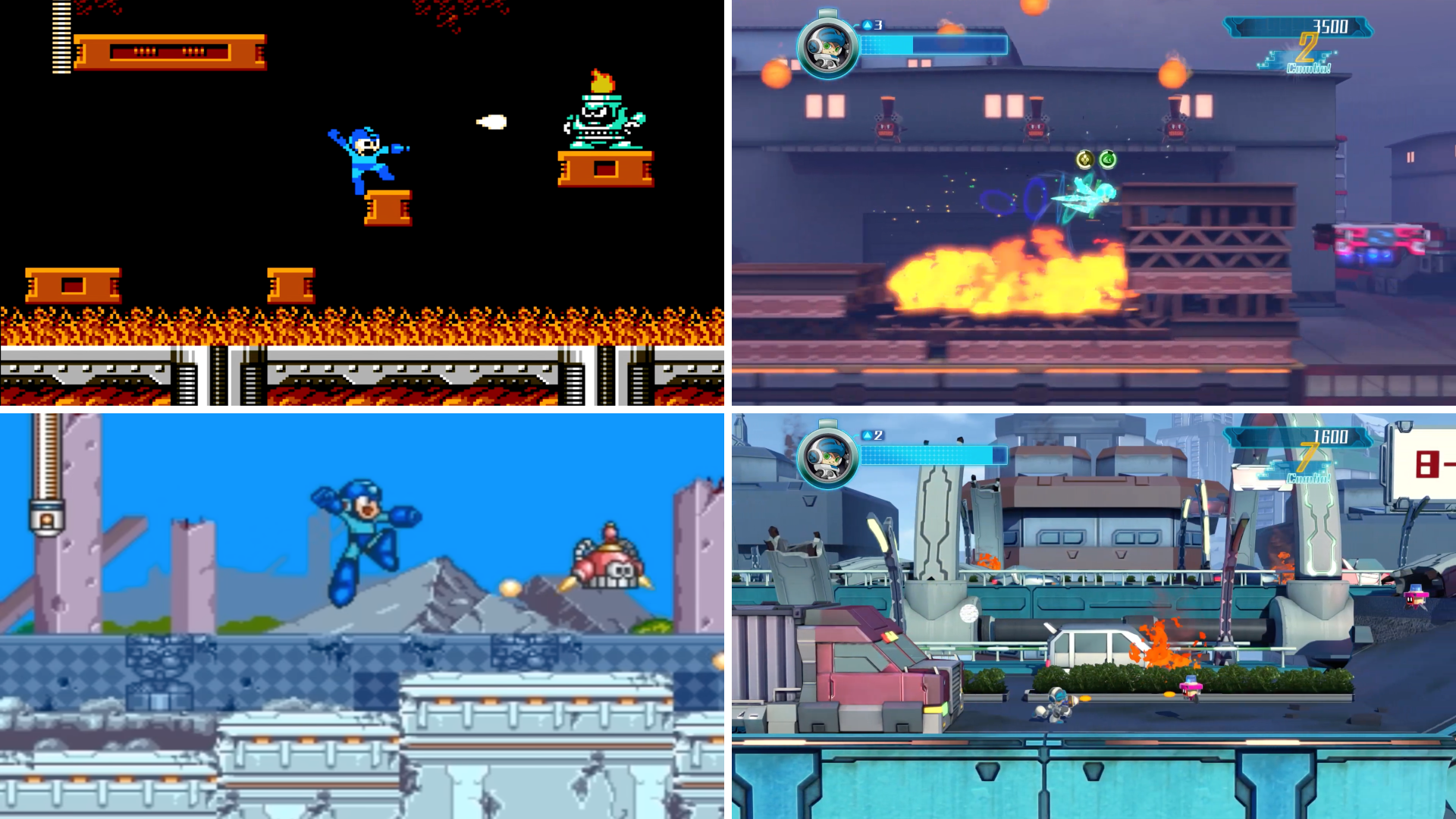
Over the course of development, Mighty No. 9 had ballooned to a scope that made it difficult to realize. Stretch goals like releases on up to 10 different platforms (3DS, PS3, PS4, PSVita, Wii U, Windows, Xbox 360, Xbox One, OS X, Linux), DLC, voice acting and online multiplayer modes kept piling up, vastly overextending the resources of the small team at Inti Creates.
The designs, which Comcept tasked Inti Creates with realizing, were however promising: Mighty No. 9 follows young android Beck on his quest to discover and remedy the cause of a computer virus that has taken over his Robot brothers (the other Mighty units) while dealing with the unresponsable actions of megacorporation CherryDyn.
He does so by running, jumping, shooting and copying abilities from defeated bosses like Mega Man in his classic titles, albeit with the addition of an airdash with its own gameplay functionality. Regrettably, the development troubles can be felt throughout the game, with lacking presentation, performance issues and half-baked level design.
Shutting Down
While Mighty No. 9 likely could have been just a fairly inoffensive release, the Kickstarter campaign, its marketing and fan hype set standards which it couldn't live up to. The title ended up as a disappointment and the animated series, movie and spin-off titles – intended to turn the game into the basis of a multimedia franchise – were cancelled, along with its 3DS and Vita ports.
However, to promote the game, Inti Creates developed a small-scale 8-bit-styled crossover between its Azure Striker Gunvolt (itself a spiritual successor to the Mega Man Zero series) and Gal*Gun series with Mighty No. 9 named Mighty Gunvolt (2014), which even received a sequel with Mighty Gunvolt Burst (2017). Beck was featured as a playable skin in Yaiba: Ninja Gaiden Z (2014).
While Comcept would end being purchased by Level-5 in 2017, with Inafune leaving in 2024, Capcom apparently took notice of the hype surrounding Mighty No. 9's original announcement, finally bringing the classic series back with Mega Man 11 in 2018. Since then however, the company has apparently rested on its million-seller's laurels, only supporting the franchise with retro compilations since.
